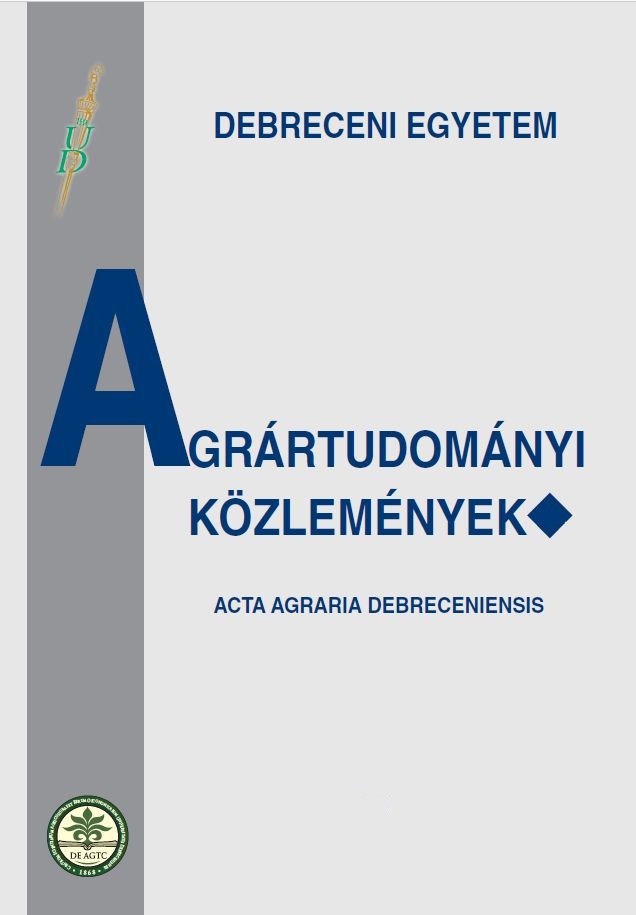Interaction of yield stability and year in major agricultural crops
Authors
View
How To Cite
Abstract
The effect of hydro-meteorological extremities on plant cultivation is the result of the correlation of many factors. These may increase or decrease the effects of hydro-meteorological extremes. The degree of this variance depends on the professionality of treatments, on the quality of the applied technique and technology and also on the soil’s water management characteristics.
The water management characteristics of Hungary’s arable land are mainly unfavorable or medium. In the past two decades the conditions of originally good soils, from a water management aspect, have significantly deteriorated in the critical 0-60 cm soil layer. This is mainly due to unprofessional land use, a lack of deepening cultivation and neglected organic cultivation. At the same time, hydro-meteorological extremities occur more frequently and the sensibility of plant cultivation has increased.
The sensibility of plant cultivation is type and location specific, yet, it also effects both the quality and quantity of the result.
The stability analysis, which covered the period of four decades and incorporated 6-7 agro-ecological areas proves and highlights the following:
• Winter wheat only reacted to extensive cultivation and unfavorable environmental conditions to a small degree. On the other hand, the effect of hydro-meteorological extremities increases.
• The stability analysis of maize, which is sensitive to cultivation technology and the location of cultivation, proved just the opposite. Good soil and adequate technology significantly reduces the effect of any particular year.
• From the years examined, the most favorable proved to be the one with average precipitation. Maize reacted to both extremities in a similar way. Winter wheat reacted to more precipitation with less yield.
• The yield quality of winter wheat was negatively effected by drought. The negative effect of precipitation is limited to the period of ripening and harvest, so the likelihood of such an effect is not significant.
• The yield of sunflower – due to pests – significantly reduces in years with high precipitation, while a difference between dry and average years cannot be pinpointed out. The oil content in both dry years and in years with high precipitation is evident, compared to years with average precipitation.
• The root yield of sugar beet is reduced by drought while the sugar content depends on soil characteristics and climatic extremities. A difference could also be noted by location, whether in Western Hungary and on the Great Plain. Great sugar content can be achieved in years with high precipitation in Western Hungary, while the same result occurred with average precipitation on the Great Plain. Drought did not have a positive effect on sugar content in either location.

 https://doi.org/10.34101/actaagrar/2/3598
https://doi.org/10.34101/actaagrar/2/3598